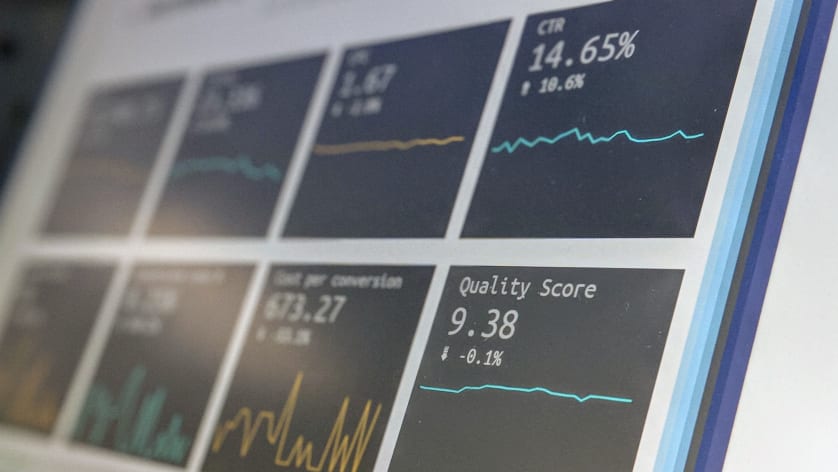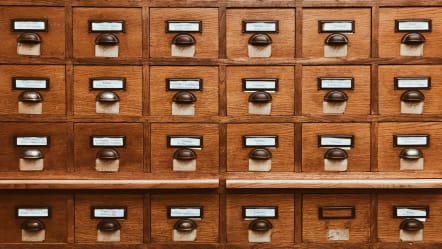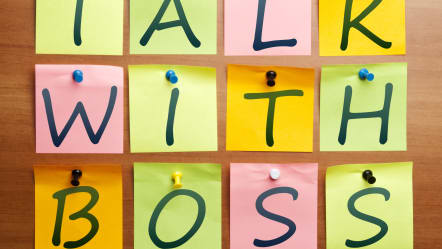What key skills does a data scientist need?

Data scientists have a deceptively simple job: to unravel the stream of data that enters an organization in an unstructured mass. Because somewhere in this confusion there are (hopefully) important insights.
But is the skillful handling of algorithms and data sets enough to be successful as a data scientist? What else do you need to know and be able to do to progress on your career path?
While many tech pros think it's enough to just parse data from query to close, you should also understand how the whole process works and how your data work ultimately impacts strategy and revenue. The current high demand for data analytics means that companies are demanding more and more from their data scientists.
You need hard & soft skills
There is a shortage in data science – a skills gap. This gap is enormous and continues to grow.
Modern data science evolved from three fields: applied mathematics, statistics, and computer science. However, in recent years, the term “data scientist” has expanded to include people with a background in the quantitative field. Other fields - including physics and linguistics - are increasingly developing a symbiotic relationship with data science, primarily through the development of artificial intelligence, machine learning, and natural language processing.
In addition to the skills in mathematics and algorithms, successful data scientists must also master the so-called soft skills - social skills. "You must therefore also know what is going on in the office" is our opinion.
In other words, to move forward, data scientists need to work with people who understand the bigger picture of the business. You must interact with managers who influence the company's broader strategy and with colleagues who turn data results into real actions. With input from these stakeholders, data scientists can better formulate the right questions to advance their analytics.
Soft skills usually also mean a healthy curiosity. "Ideally, the candidate loves to understand data and wants to understand what's happening in the world."
To add: “When applying for a data science position, candidates are often judged on their intellectual curiosity as well, not just on their ability. Employers want to avoid just sitting in front of the computer screen.” This can become a problem for those data scientists who hide behind the data and don't interact with other business units.
Trust is good, skepticism is better
An old business adage goes: If you want to solve a problem, put it in numbers. In a way, that describes exactly what data does. While the data scientist grapples with data, managers need to make sense of it.
You can trust data or question it. In the first case, you risk “GIGO”—garbage in, garbage out. The latter requires “data skepticism” – an important skill for anyone who works with data on a daily basis.
It can be that a data scientist spends up to 80% of their time just cleaning data. Seen in this way, a data scientist is nothing more than a "data cleaner".
In the real world, data is a messy bunch, you need a healthy dose of skepticism when looking at data collected from “real life”. One cannot assume a uniform distribution: data are the side effects of real processes.”
A good data scientist always remembers that the data collected is unbiased. You're trying to use the data to answer a question. So don't lean too far out of the window. As a rule of thumb, collecting as much data as possible is always a good strategy.
Even if you're not a data scientist, it's rarely a good idea to take the results of an analysis on the fly. When studying the results of an analysis, you should always ask yourself a series of questions: Where is the data coming from? What's the worst that can happen? What must be true for the recommendation to be correct?
Bias vs. Objectivity
Getting it right the first time is not a sign of victory. So always be skeptical. do you have all the dates Is the data too good to be true? The trick is to remove the human factor from the equation... just let the math speak for itself. The data skeptic can then take the next step and show how much of a conclusion is not based purely on chance.
Don't try to be perfect. The solution you create just has to be enough to get the user from A to B. Build a good, reliable Volkswagen rather than a Cadillac. Sometimes you just have to be content with a Volkswagen.
The team's biases are often built into algorithms. For example, consider a credit algorithm that ranks applicants for a loan. While you might think the underlying math is neutral, the programmer might have incorporated his biases into the code.
Bias is not a new problem. Engineers often have to make "subjective decisions" when trying to achieve goals. You must create individual solution steps that address immediate needs. But it's not as if the underlying algorithms are black boxes: it's up to data scientists to determine for themselves whether the software produces a good result.
For data scientists, both technical and soft skills are necessary to be successful on the job – coupled with a healthy dose of skepticism. Climbing the data science ladder is not about blindly trusting the data you collect.
















